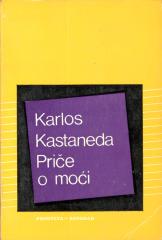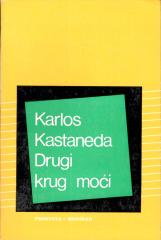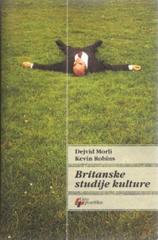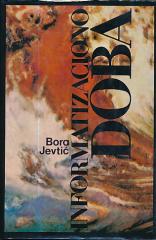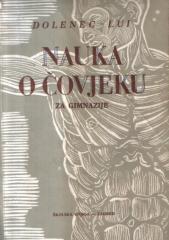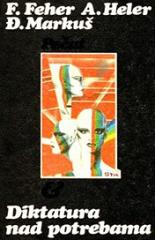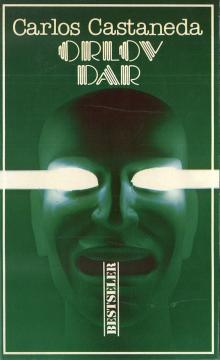
Orlov dar
Orlov dar nije samo šamanistički priručnik, već i filozofska meditacija o prirodi stvarnosti, smrti i mogućnosti transcendencije. Kastaneda poziva čitaoca da preispita svoja uverenja o svetu i otvori se za nove dimenzije postojanja.
Roman Orlov Dar Karlosa Kastanede je duboko lična i duhovna hronika autorovog putovanja kroz svet šamanizma, svesti i transformacije. Kao nastavak prethodnih radova, knjiga prati Kastanedin povratak u Meksiko nakon odlaska njegovih učitelja, don Huana i don Henara, gde otkriva da su imali devet učenika: pet žena i četiri muškarca. Ova grupa, uključujući likove kao što su Soledad, La Gorda, Lidija, Rosa, Josefina, Eligio, Benigno, Nestor i Pablito, postaje presudna u njegovom daljem učenju i razumevanju šamanističkih praksi.
Centralna metafora romana je „Orao”, simbol univerzalne sile koja upravlja sudbinom svih živih bića. Prema don Huanovom učenju, Orao je entitet koji „proždire“ svest mrtvih, ali ratnici i videoci imaju priliku da sačuvaju svoju svest i izbegnu ovu sudbinu. Kastaneda istražuje kako ratnici mogu da „zadrže plamen svesti“ i pronađu put ka slobodi, prkoseći prirodnom ciklusu života i smrti.
Knjiga se takođe bavi konceptom „naguala“, vodiča ili duhovnog učitelja, i opisuje Kastanedino preuzimanje te uloge nakon don Huanovog odlaska. Kroz introspektivna razmišljanja i mistična iskustva, autor pokazuje transformaciju svesti i izazove sa kojima se suočava na putu duhovnog razvoja.
Orlov dar nije samo šamanistički priručnik, već i filozofska meditacija o prirodi stvarnosti, smrti i mogućnosti transcendencije. Kastaneda poziva čitaoca da preispita svoja uverenja o svetu i otvori se za nove dimenzije postojanja.
Jedan primjerak je u ponudi
